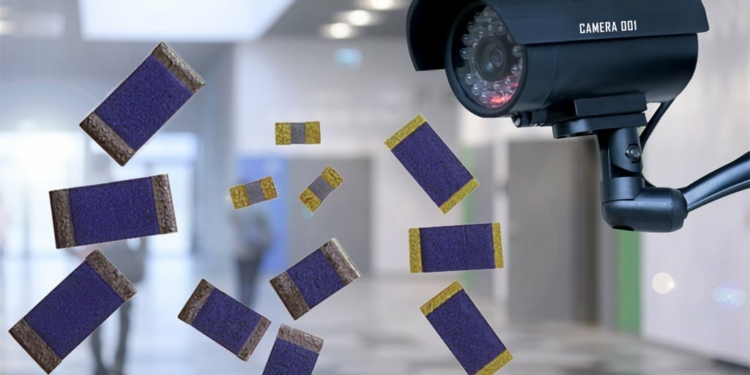source: TT Electronics news
Woking, UK, 25th April 2018 – TT Electronics, a global provider of engineered electronics for performance critical applications, has announced the introduction of two additional resistor types that expand and enhance its high reliability CR and HR series. The latest versions of these thick-film chip resistors are in the smaller 0603 size and hence offer greater opportunities for use in compact circuits where guaranteed performance and footprint size are critical.
For use in applications in the aerospace, military, communications, medical and industrial market segments, both resistor series’ thick-film elements have a higher surge tolerance than thin-film, also improving reliability. The CR0603 resistors are available in values from 1R0 to 10M with tolerance values down to 0.1 percent, and have the option of release to CECC 40401-008. In addition to military and aerospace use, particular applications include sub-sea repeaters, mainframe systems and Hi-Rel systems. The HR0603 resistors are available in values from 10M to 20G with tolerance values down to 5 percent supporting applications that include high gain amplifiers, infra-red and glass break sensors, plus smoke, gas and medical monitors.
TT Electronics’ CR series resistors’ optional screened release enhances reliability and reduces field failures, and for circuit designers who need to guarantee the reliability of critical circuits in compact PCB areas they provide low demonstrated FIT rates compared to competing commodity products. Seven sizes are now available from 0503 up to 2512. The CECC approved resistors are also available as shorting links.
The HR series high ohmic value resistors offer enhanced reliability and reduced field failures compared to series connected, multi-chip solutions for circuit designers who need to achieve stable, high ohmic values in compact PCB areas. The resistors offer a low voltage coefficient of resistance and, demonstrating versatility, custom designs and sizes are available. As a high resistance device, power dissipation is always small, hence the rating is determined by voltage considerations only, and varies from 50V for the smallest 0503 resistors, to the 200V for the largest 1206 sizes, and five sizes are now available.
Both resistor series’ solder terminations have a nickel barrier layer that ensures excellent ‘leach’ resistance properties and solderability, and they will withstand immersion in solder at 260C for 30 seconds. An ambient temperature range of -55 to +155C is specified for both ranges, and construction-wise they comprise a thick-film resistor material with overglaze and organic protection screen printed on a 96% alumina substrate. Both the CR and HR ranges include gold wire bond or solder terminations, and all relevant marking information is recorded on the primary package or reel.
































